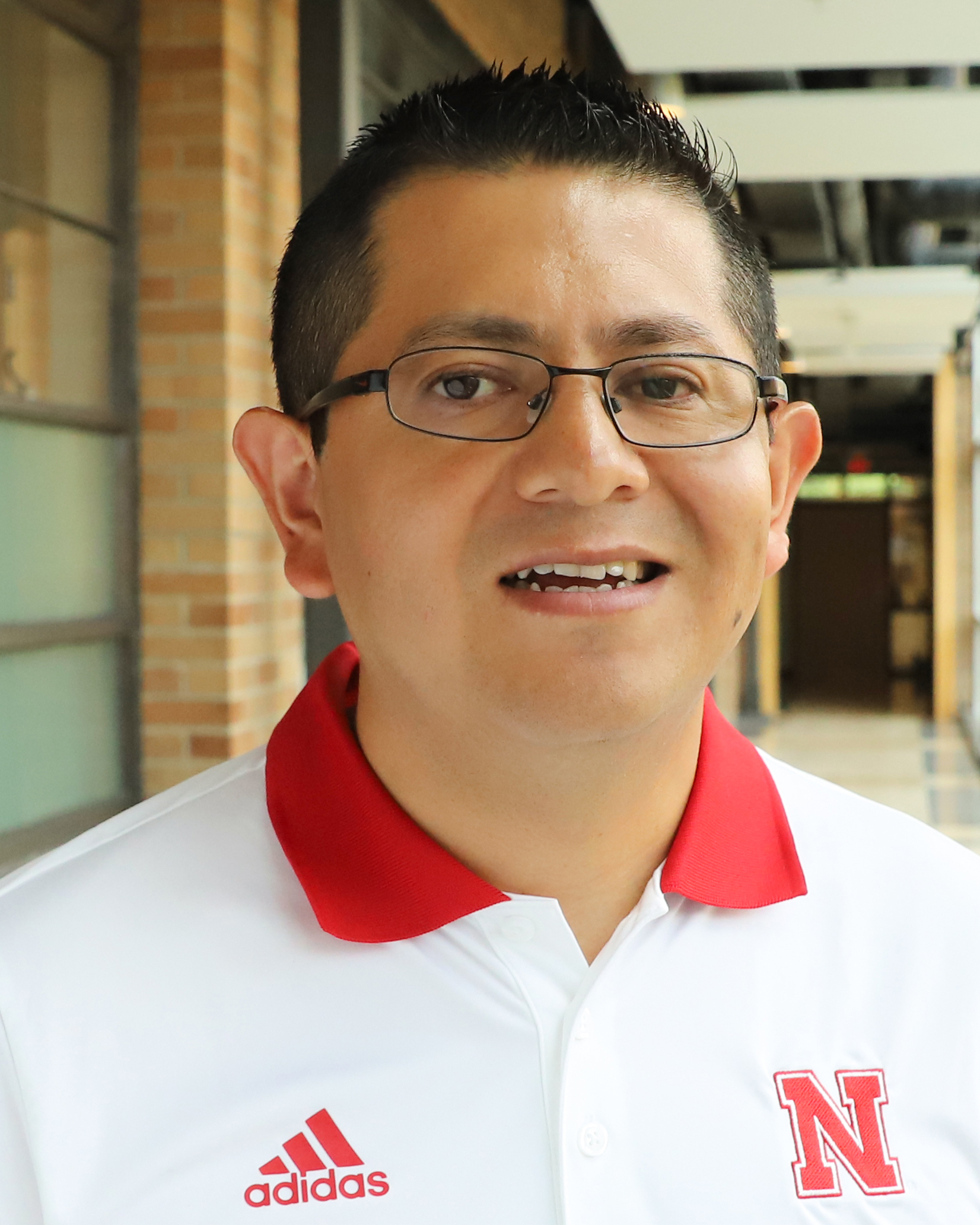This is a continuation of our "IANR is Global" series, which highlights the many ways internationalization is woven through the Institute of Agriculture and Natural Resources: through research collaboration, government and private industry partnerships, extension work, student educational experiences and the IANR community from around the world.
This edition is specifically focused on the many global voices we have on campus who will be sharing their expertise through seminars during spring semester 2020. Research assistant professor Diego Jarquín will be presenting a talk entitled “Reflections, Misconceptions and Other Issues in Plant Breeding Applications: From Sparsity to Sparse Testing, Noise Prediction and Other Unexplored Topics” on January 24, as part of the department of Agronomy and Horticulture's spring seminar series. We appreciate the expertise we are fortunate to have from all over the world, as shown by their many and varied contributions to the work of the university and our continued mission to create a globally engaged institution. To this end, we want to help our campus community get to know each other more, starting with these experts.
Where is your hometown? Where did you receive your education?
I am originally from the state called Oaxaca in Mexico. Specifically, I am from a suburb of its capital city, Oaxaca. It is about 300 miles southeast of Mexico City. I received my bachelors degree in Statistics from Chapingo Autonomous University (Universidad Autonoma Chapingo), and my masters and PhD from University of Postgraduate Education (Colegio de Postgraduados). Both universities are located in Texcoco which is about an hour away from Mexico City.
Tell us a little about your path to where you are now.
During my PhD studies in Statistics at University of Postgraduate Education in Mexico, I focused on the analysis of Bayesian linear and bilinear models and I conducted data analysis for the International Maize and Wheat Improvement Center (CIMMYT). After completing my degree, I had the opportunity to become a Postdoctorate Research Associate in the Department of Biostatistics at the University of Alabama at Birmingham, and developed models that are useful for genomic prediction. There, I proposed a model that is successfully used for prediction purposes for multi-environmental data and also has potential applications in personalized medicine. The model incorporates the interaction of high dimensional genomic marker information and environmental covariates via covariance structures. The model was published in 2014 in Theoretical and Applied Genetics, and it has been highly cited. Since new data types are emerging in plant sciences, this model gives an excellent tool to incorporate high dimensional multi-type data into the prediction context.
After this opportunity, I moved to Lincoln, NE to work in the Department of Agronomy and Horticulture, and continue developing tools for genomic prediction in plant breeding applications. Between 2013 and 2016, I worked as a postdoctoral research associate, and since then I've been a research assistant professor in the department.
I feel very fortunate to contribute to the scientific community, and have the opportunity to work with people from all around the world. Since I came to the U.S., I've worked and interacted with scientists from many different countries, including South and Central America, Asia, Europe and Australia.
What is something people don’t know (or that you wish they knew) about where you’re from?
Oaxaca is rich of old artifacts, buildings, history, beautiful and unique landscapes and beaches, and local gastronomy. It is famous for one of the most preserved Zapotec ruins; Monte Alban, which is a UNESCO world heritage site. Oaxaca has the only petrified waterfall in the country. Oaxaca is also home to the "smoky tequila" called Mezcal, the Oaxacan cheese, different types of mole and fried grasshoppers.
Are you engaged in any research collaborations or do you still have work that you do related to your home country?
I started collaborating with CIMMYT while I was a PhD student, and I am still engaged in research projects with scientists from CIMMYT. For these projects, we use data collected by CIMMYT, and we develop methods that CIMMYT implements in their pipeline.
Why is it important for institutions like the University of Nebraska to have faculty from different parts of the world?
Learning from each other is crucial if we want to improve. Researchers from all over the world bring skills to projects that would be impossible to accomplish without the different views and ideas.
What is one piece of advice you would share with students?
Keep learning and don't ever give up.
We encourage the campus community to attend Dr. Jarquín's seminar at 3:30 p.m. on January 24 in Keim Hall, room 150!
---
Are you giving a seminar in spring 2020 (or the future) and have an international element to your work, studies or background you'd like to see highlighted? Contact Brianne Wolf at bwolf4@unl.edu.
